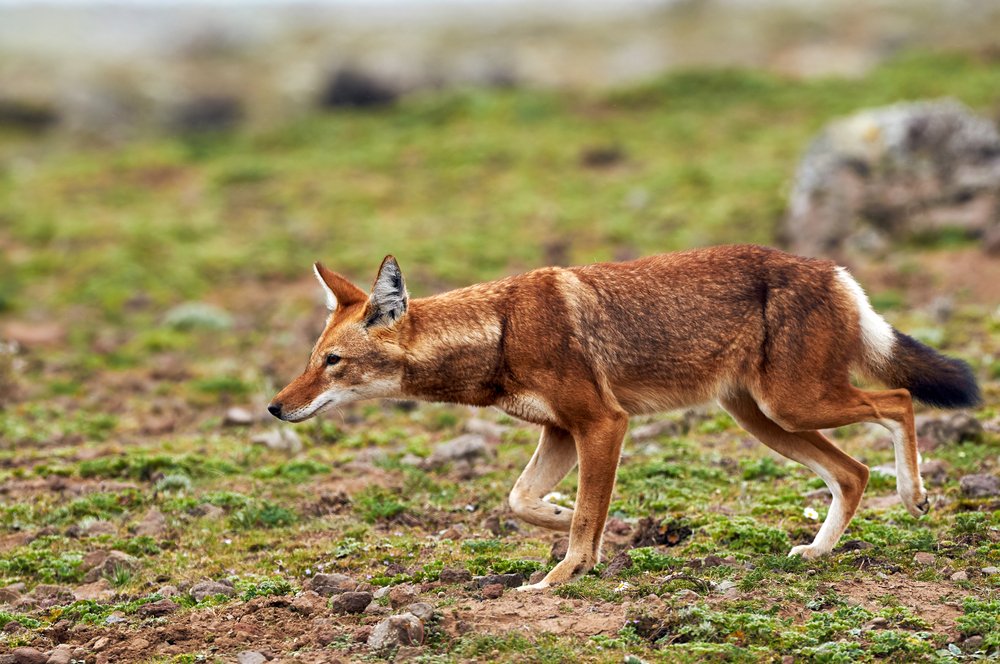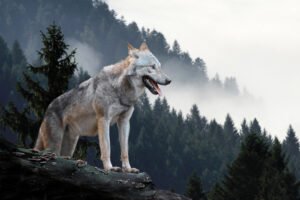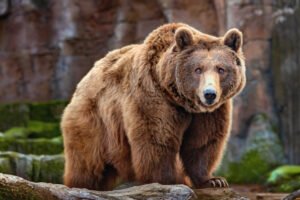Have you ever wondered How Many Ethiopian Wolves Are Left In World? Currently, there is an estimated population of 500 Ethiopian Wolves left in the world.
Table of Contents
Current Population Trends
The Ethiopian wolf faces a grave threat to its survival. With only a few thousand individuals remaining, its population has witnessed a significant decline over the years. Human-wildlife conflict, habitat loss due to agricultural expansion, and the spread of diseases pose severe challenges to the species’ existence.
Physical Appearance
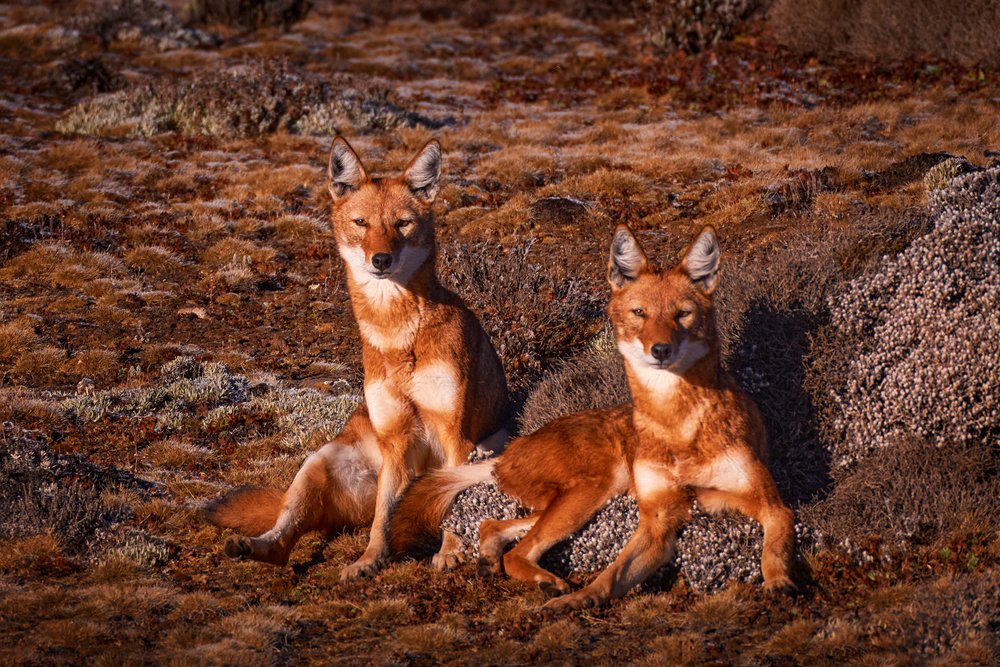
A striking creature, the Ethiopian wolf possesses distinctive features that set it apart. Its long and slender body, reddish-orange coat, and bushy tail make for a captivating sight. This elegant predator adapts seamlessly to the harsh mountainous landscape it calls home.
Ecology
In the remote highlands of Ethiopia, a majestic and threatened species resides—the Ethiopian wolf. Endemic to this region, these remarkable creatures are not only a symbol of Ethiopia’s biodiversity but also play a vital role in maintaining the delicate balance of their unique ecosystem. Endowed with specialized adaptations, the Ethiopian wolf thrives in its unique ecological niche.
It primarily inhabits the Afro-alpine grasslands and heathlands, where it preys upon small mammals, such as rodents and hares. Its hunting prowess and agile movements make it a formidable predator in this challenging environment.
What Is The Behavior Of Ethiopian Wolf?
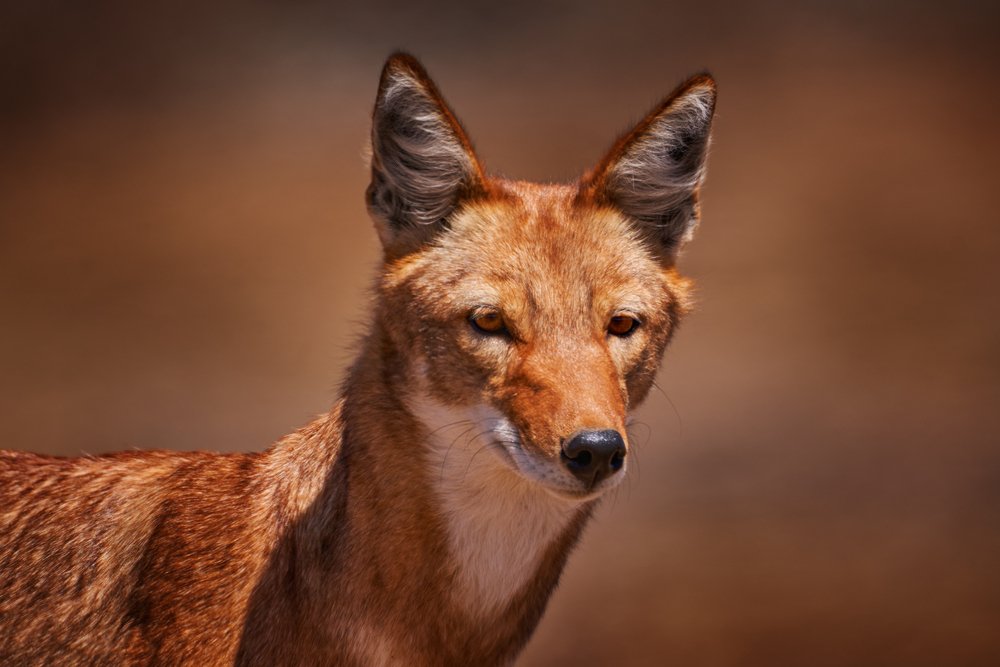
The Ethiopian wolf is a social animal that lives in family groups of up to 20 adults (people older than one year). However, packs of six wolves are more common. Packs are made up of males that are spread out and a few females, all of which are reproductively repressed except for the breeding female.
Each pack has a clear hierarchy, and displays of dominance and subordination are widespread. When a breeding female dies, she can be replaced by a local daughter, but this makes it more likely that the daughters will have babies together. Multiple fatherhood and extra-pack matings can sometimes get around this risk. Wolves can only go so far away from their packs because there isn’t a lot of empty land.
Ethiopian wolves display complex social structures, living in family groups led by a dominant breeding pair. These highly organized packs work together to defend their territories, communicate through vocalizations, and coordinate hunts, showcasing their intelligence and cooperative behavior.
Causes of Population Decline of Ethiopian Wolf

The survival of the Ethiopian wolf is threatened by various factors.
- Human-wildlife conflict arises due to competition for resources, as wolves sometimes prey on livestock.
- Habitat loss, driven by the expansion of agriculture and livestock grazing, further fragments their already limited habitat.
- Additionally, the spread of diseases, such as rabies and canine distemper, poses a significant risk, as these diseases can devastate entire populations.
Read Also: How Many Timber Wolves Are Left In The World?
How Many Ethiopian Wolves Are Left In World? Conservation Efforts For Ethiopian Wolves
- Numerous initiatives and organizations are working tirelessly to protect the Ethiopian wolf. We can also individually take part in these conservation efforts.
- Conservation efforts focus on research, community engagement, and implementing strategies to mitigate human-wildlife conflict.
- Promoting sustainable land-use practices and raising awareness about the importance of conserving this species are crucial steps towards its survival.
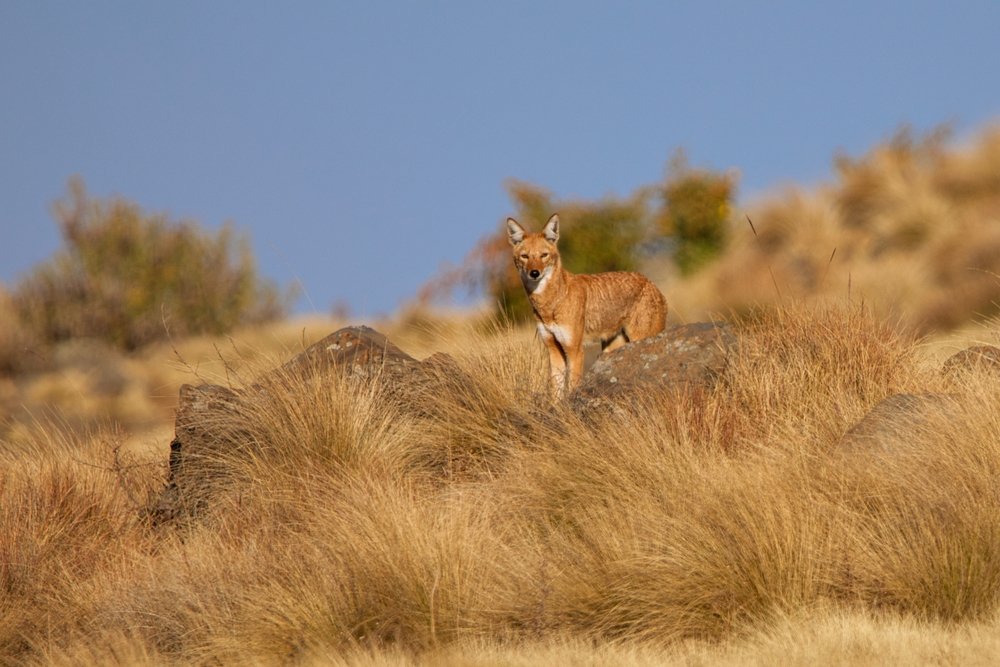
Role Of Ethiopian Wolves in the Ecosystem
As a top predator within its ecosystem, the Ethiopian wolf plays a critical role in maintaining ecological balance. Controlling populations of small mammals helps regulate herbivore populations and influences vegetation dynamics.
The survival of this species is intricately linked to the health and biodiversity of its habitat.
Conclusion
The Ethiopian wolf stands at a crossroads, its future hanging in the balance. We must continue our conservation efforts to protect this unique and threatened species. By addressing the causes of population decline, promoting sustainable practices, and raising awareness, we can ensure a brighter future for the Ethiopian wolf.
Also Read: Do Wolves eat penguins?

